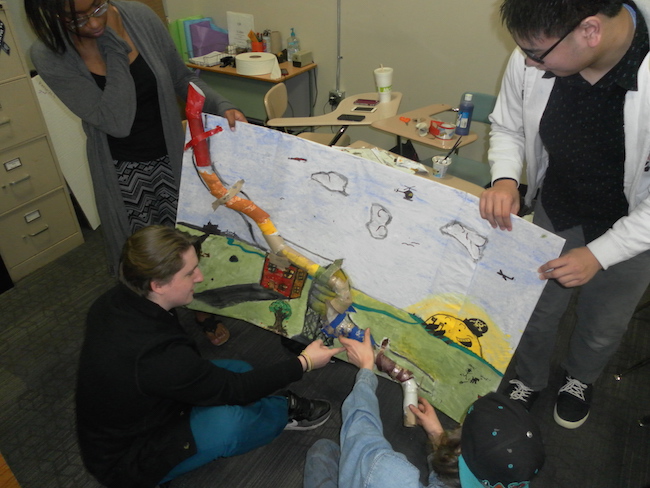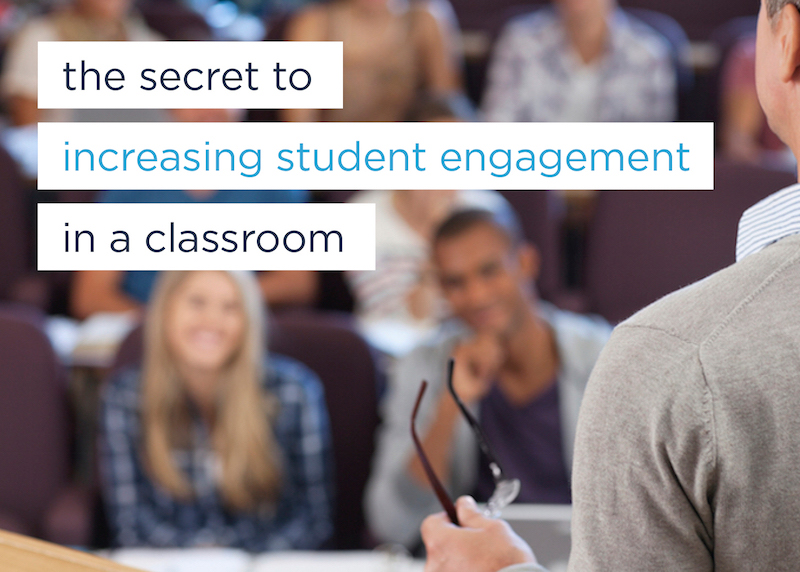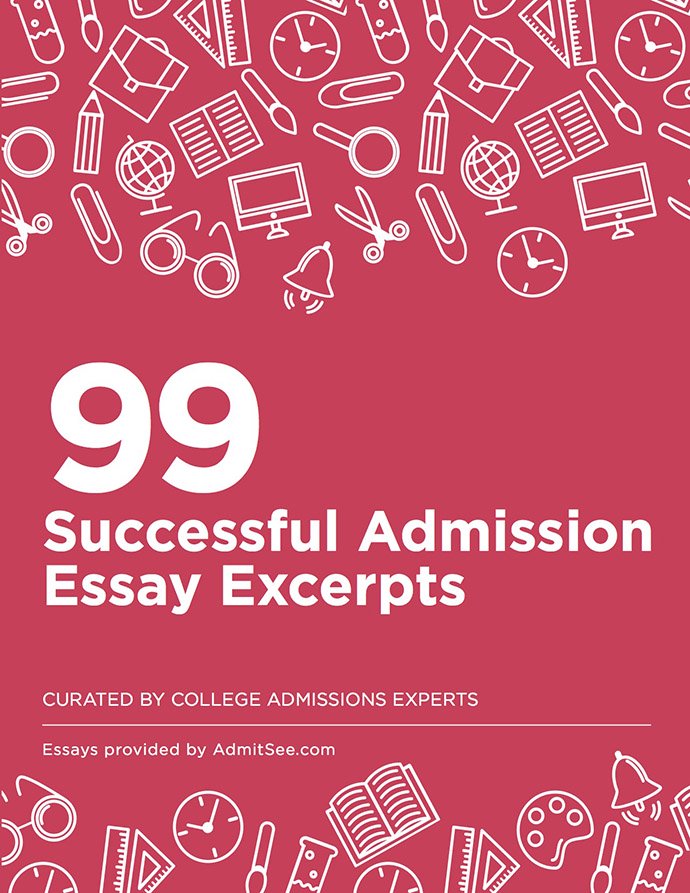Increasing classroom engagement is every teacher’s goal. While there are many up and coming edtech tools that support teachers and increase student engagement, many teachers have come up with creative DIY classroom solutions themselves. We asked some teachers to share their creative methods; here are a few:
Design & Puzzles
Paula Burgess, Math Teacher at Hume-Fogg Magnet High School (Nashville, TN): “My seniors in trigonometry have been working on a mathematical design project (involving empty cardboard rolls) that will not only enhance their math skills, but also give them an opportunity to present their designs to second graders as part of a project-based learning activity. We are making puzzle pieces to create a mathematical design using empty cardboard rolls.”

Lost at Sea & Marshmallow Challenge
Mike Provitera, Business Professor at Barry University (Cutler Bay, FL), Management Consultant, Book Author: “Two exercises that I like to use often in the classroom and in consulting are:
The Lost At Sea exercise: People select from a group of items and figure out which to use first in rank order if they were lost at sea. After the exercise is complete, the correct ranking and the reasoning behind it is revealed.
The Marshmallow Challenge: In my book, I discuss The Marshmallow Challenge, an 18-minute exercise that groups 4 to 5 people together to create the highest structure using 20 pieces of spaghetti, a yard of string and tape, and one marshmallow. I use this as an instructive design exercise because it encourages teams to experience simple but profound lessons in collaboration, innovation, and creativity. It’s also a lesson in incentives and skill sets: good incentives plus low skills does not necessarily equal success.”
Survivor
Kristen Fusaro-Pizzo, 10th and 12th Grade English Teacher at Staten Island Technical High School (NY): “To keep my students engaged, I started playing “Survivor” in my classroom seven years ago, and it has become my “signature.” Classes are divided up into teams, and they last the length of a curriculum unit. During the game, teams are awarded points based on classroom participation, scores on quizzes/exams/projects, and classroom challenges. The team with the most number of points at the end of the unit wins a prize, usually gift cards to a local coffee shop.”
Taboo
Shaneequa Cannon, Former Classroom Educator at Young Women’s Preparatory Academy (Miami, FL): “I was a high school English & Language Arts teacher for over a decade. I found vocabulary to be instrumental to my students’ academic and professional development, so I adapted Taboo.
The vocabulary words we studied were the main item the students had to guess while the keywords and phrases from the textbook definitions were on the taboo list as well. Students had to find another way to describe their vocabulary words, deepening the understanding of the use and the meaning behind the words. Each student created three vocab taboo cards; they loved it when someone couldn’t guess their word because they made the card hard.”
Did you know AdmitSee provides free access to educators? Browse thousands of college application essays that you can use as examples in your teaching. We also offer exclusive interactive graphs that can be used at the school discovery and application stages.

















 Back
Back